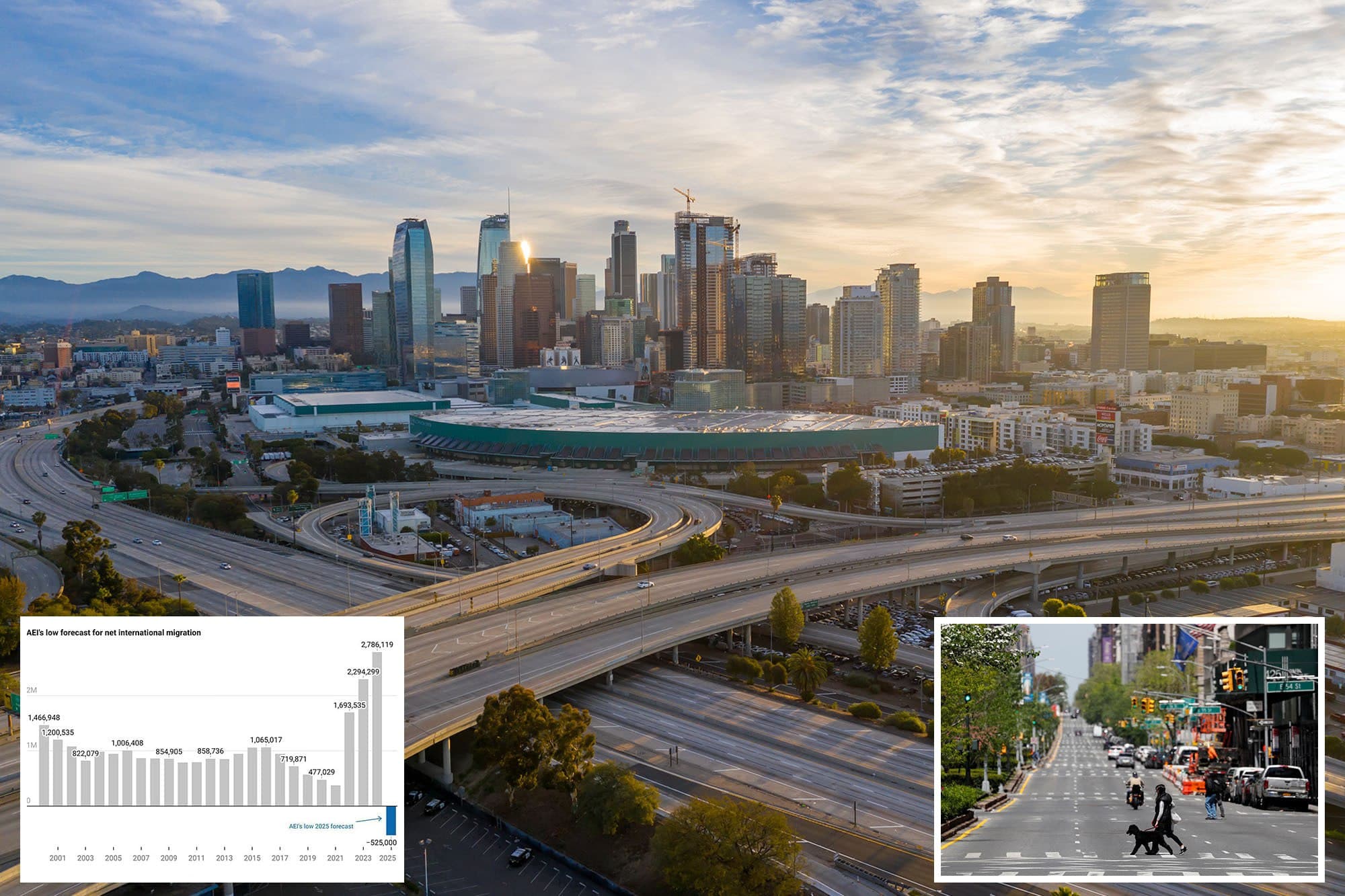The United States is poised for a historic population decline in 2025, as forecasts from the American Enterprise Institute (AEI) predict a potential decrease for the first time in nearly 250 years. The projected loss of 6,000 people stems from a significant drop in net international migration.
According to AEI, net immigration is expected to plummet from approximately 2.8 million to a range between 115,000 and -525,000. This dramatic shift comes on the heels of a net birth rate of 519,000 last year, underscoring the gravity of the situation. If these trends hold, the U.S. population could see a negative growth rate for the first time since its founding.
The implications of this decline are multifaceted. Experts warn that reduced immigration could strain labor markets and impact economic growth, especially in sectors that rely heavily on immigrant labor. As previously reported, recent developments such as the U.S. ending temporary protection for 268,000 Venezuelan migrants may exacerbate this trend, further limiting the influx of new residents.
This unprecedented forecast raises questions about the long-term demographic landscape of the nation. As the U.S. grapples with these changes, policymakers will need to address the potential economic and social consequences of a declining population.



![[Video] U.S. to expand travel ban to over 30 countries, says Kristi Noem](/_next/image?url=%2Fapi%2Fimage%2Fthumbnails%2Fthumbnail-1764913243652-ejzjf-thumbnail.jpg&w=3840&q=75)




![[Video] Coast Guard sniper takes out narco-boat in Eastern Pacific](/_next/image?url=%2Fapi%2Fimage%2Fthumbnails%2Fthumbnail-1765029104101-04awi-thumbnail.jpg&w=3840&q=75)